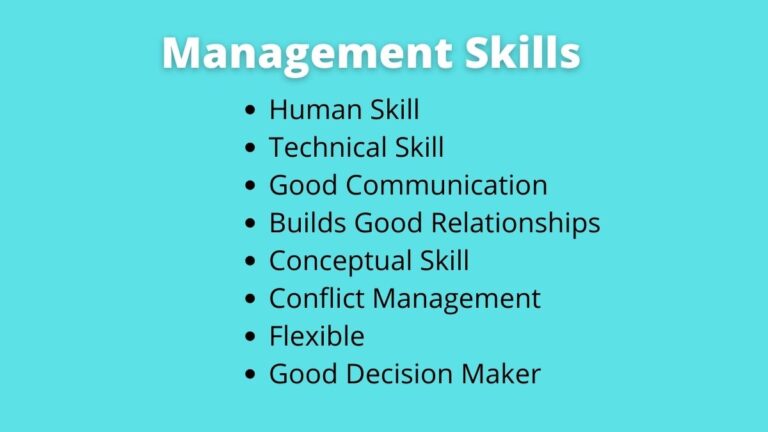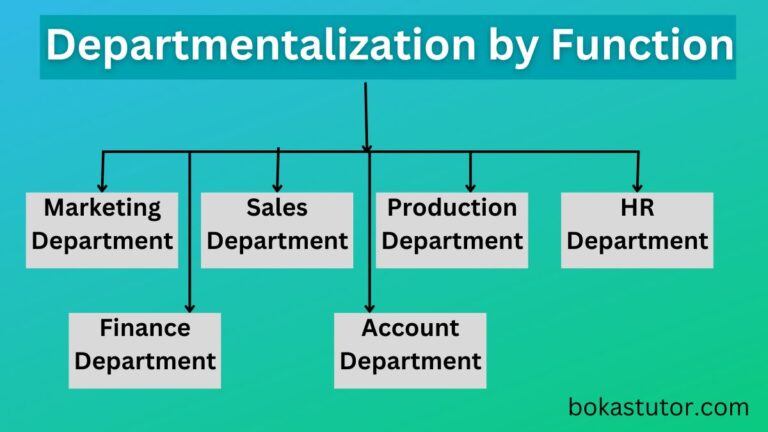What is Product Positioning? Definition, Types, Process, Importance, and Examples
What is product Positioning?
Product positioning is a marketing strategy companies use to create a unique image of their product in the mind of their target customers.
Companies can create the position of their product in the consumer’s mind or marketplace in terms of product quality, price, status, durability, and other unique features. It aims to create a promising image of the product in consumers’ minds as compared to competitors.
Product positioning is often confused with brand positioning. But, be aware both are different. Product positioning focuses on creating an image of the product, whereas, brand positioning is about creating the image of the brand i.e. company in consumers’ minds.
Brand positioning focuses on the overall image of the company and is essential for the long-term success of the firm. Whereas, product positioning is based focuses on a particular product and is important to generate profits in a short period of time.
Let’s take the example of Apple’s iPhone, its position in the market is in terms of quality and status over other smartphones. An EV company may position its product as being a more environmentally friendly product over petrol/diesel vehicles.
Objectives of Product Positioning
The following are the main objectives of product positioning.
- It aims to create a unique image of the product in consumers’ minds.
- Make customers more aware of the product.
- Aims to make companies different from their competitors.
- Increase the company’s profits through repeat businesses.
Types of Product Positioning Strategies
Making a product is a hard task but creating the product position in the market is an even harder task. A product to be positioned in the market needs a positioning strategy.
Since positioning is the third part of STP marketing after segmentation and market targeting, you should design an effective positioning strategy.
There are different strategies following which you can position your product. Let’s first understand the two main types of product positioning – relative and absolute positioning.
- Relative Positioning – Relative positioning is when you try to create an image of your offer in the market better than your competitors. Here, the product is positioned in the market relative to the competition.
- Absolute Positioning -Absolute positioning is when you try to create a position of your offer in the market which is not occupied by any businesses. This is the first time any product has built its unique image in the market.
Every product is positioned in the market either in a relative way or an absolute way. Now, let’s understand some common product positioning strategies or techniques.
Price-Based Positioning
Price is the main factor most people look at when they are making their purchasing decisions. Price-based positioning focuses on the price of the product to make it more enticing to consumers.
Using this strategy, you may make products that are more affordable and inexpensive in the market as compared to your competitors.
Quality-Based Positioning
Quality-based positioning focuses on the quality of the products. Companies focusing on quality-based positioning also offer status to the people.
Related: Dimensions of Product Quality
Apple is a good example quality-based positioning company. Think of BMW it just sells quality cars but also sells status to its buyers.
User-Based Positioning
Companies adopting a user-based positioning strategy focus on the specific type of users or category of consumers to make their products more appealing to them.
The users may be children, men, women, college students, office workers, etc. Companies can position their product to any of these user categories.
Use-Based Positioning
Companies can also position their products based on the reasons consumers use the product. For example, a mobile company may make its product for gaming targeting gamers. Similarly, a company may make laptops for office purposes targeting employees.
Characteristics-Based Positioning
Under characteristics-based positioning, companies offer products that have unique characteristics as compared to the other products available in the market. Under it, companies focus on their product’s physical and functional attributes to make their product more appealing than competitors.
Value-Based Positioning
Under this, companies focus on the value or benefit their products offer to the customers. As such, using this strategy companies may mention some significant benefits that consumers will get by using the product as compared to other available brands.
Occasion-Based Positioning
Under occasion-based positioning, companies focus on creating products aiming to target different occasions such as weddings, birthdays, holidays, etc.
Read Also: The 4 Market Segmentation Types
Competitor-Based Positioning
Competitor-based positioning is similar to the relative positioning we have explained above.
In order to distinguish their products from those of rivals and to emphasize their advantages, businesses employ this strategy. It aids companies in differentiating their products from those of rivals and demonstrating their distinctiveness.
Why Product Positioning Is Important?
A good product positioning does not only make customers aware of your products instead it increases the likelihood of consumers buying your product. When the product is positioned, customers do not just remember, they are likely to make repeat purchases and even recommend others.
Good positioning can benefit businesses in many ways – let’s put some benefits.
- Helps to create a unique image in the market.
- It makes it easier for customers to make purchase decisions as they are aware of the benefits of the products.
- Increase customer satisfaction.
- Increase customer retention and brand loyalty.
- Increase the sales and profits of the firm.
- Helps companies to stand out from the competition.
- Increase the market share of the company.
- Securs the future of the companies, etc.
Product Positioning Process
So far you have understood exactly what product positioning is, now let’s discuss the steps following which you can position your products in your target customer’s minds.
Know Your Target Audience
First, decide who you want to sell products to. Know their needs, tastes, preferences, and interests appropriately. And, know what your target customers are expecting from your product.
Identify Your Competitors
In the second step of the positioning process, identify who your actual competitors are. These are the competitors who can affect your performance when you are serving your target customers.
Understand Competitors Position
In the third step, you should understand the competitor’s position in the market and how consumers are perceiving their products.
Analyze Consumers Behavior
In this step, you should understand the consumer’s objective or reasons behind their buying behaviors, interests, preferences, needs, tastes, problems, etc.
Related: Types of Buyer Behavior
Select the Position
It is time to select a position where you want your product to make its unique image. You make choose position terms like quality, affordable, problem solution, and so on. Once you select the position, launch your marketing programs i.e. product, price, promotion, and distribution.
Maintain the Position
Once you implement your strategy, make sure to monitor your position, and if necessary make some adjustments to maintain the position of your product in the market.
Examples of Product Positioning
There are several companies that are successful in their product positioning. Let’s look at some of the companies.
iPhone
Apple’s iPhone is an excellent example of quality-based positioning. Apple focuses on the quality features of the phone while designing. As such, because of its quality customers are ready to pay higher prices for the iPhone although other compatible brands are available.
Tata Nano
Tata Nano is a good example of price-based positioning. Tata, an automobile company has created an affordable car called Tata Nano for Indian families. The last recorded price of this car is Indian rupees 2.05 lakh. This makes Indian families experience the feeling of having a car at the most affordable price.
Tesla
Elon Musk’s Tesla is a great example of absolute product positioning. Tesla has created a unique position in the market as an electric vehicle as well as a self-driving car and at the same time an environmentally friendly car.
Read Next: The 6 Marketing Philosophies
Sajan Kushmi is a content writer with more than 4 years of experience. He holds BIM Degree. He write on the topics related to Management, Marketing, and Entrepreneurship.






